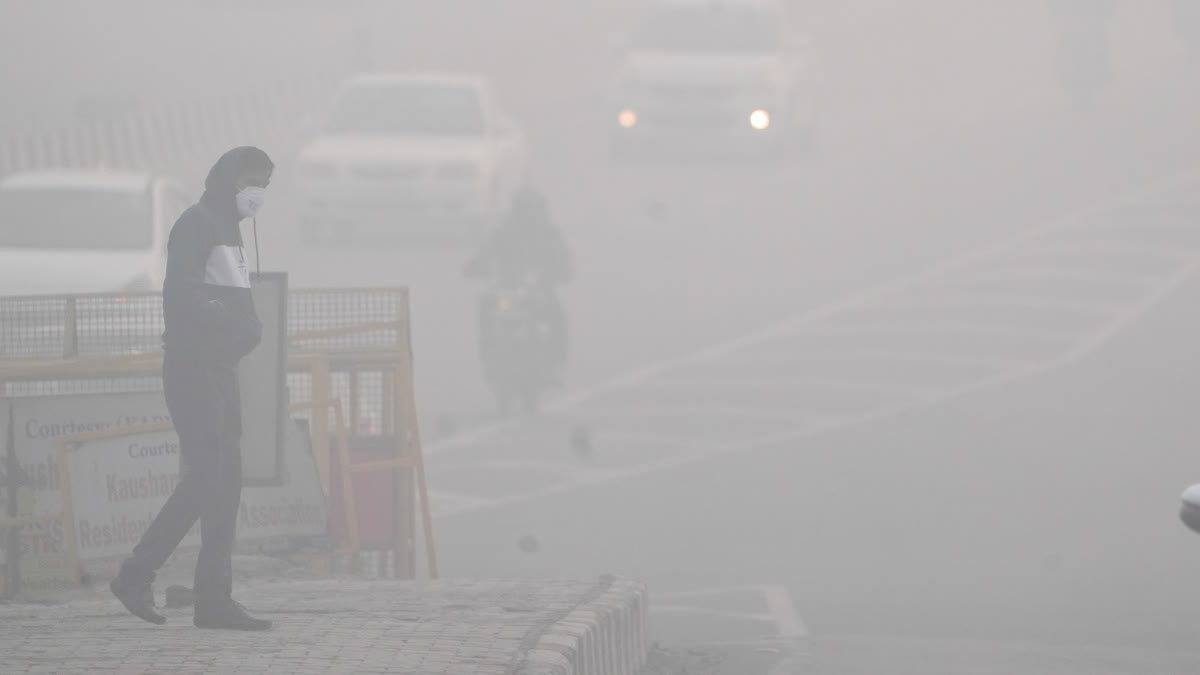New Delhi: The national capital’s air quality plunged into the ‘severe’ category on Wednesday, marking a grim return to hazardous pollution levels after 24 days. Despite the enforcement of strict measures under the Graded Response Action Plan (GRAP), Delhi’s Air Quality Index (AQI) soared to 439, as per the Central Pollution Control Board (CPCB). This is the highest AQI recorded since November 23, when it touched 412.
Out of 35 monitoring stations across Delhi, 28 reported ‘severe’ air quality, with several areas, including Anand Vihar, Ashok Vihar, and Vivek Vihar, surpassing the ‘severe plus’ threshold of 450. The alarming spike has been linked to plummeting wind speeds, which have trapped pollutants in the atmosphere. Experts warn that the situation may persist for the next 48 hours unless there is a significant change in weather conditions.
To combat the deteriorating air quality, authorities have implemented Stage IV restrictions under GRAP. These include a ban on non-essential diesel truck entry, halting all construction and demolition activities, and limiting on-site attendance in offices to 50%. Schools have also switched to a hybrid mode, with in-person classes limited to grades X and XII.
The sharp rise in pollution levels has been driven primarily by PM2.5, a fine particulate matter known for its severe health risks. At 4 pm on Tuesday, PM2.5 levels reached 252 micrograms per cubic meter—four times the national safe standard of 60 micrograms and over 16 times the WHO-recommended limit of 15 micrograms. Doctors at AIIMS likened breathing Delhi’s current air to smoking 10 cigarettes a day, warning of increased risks of respiratory and cardiovascular diseases.
Interestingly, stubble burning, a usual contributor to Delhi’s winter pollution, has played no role in this episode, as the harvesting season has concluded in Punjab and Haryana. Instead, vehicular emissions have emerged as the primary pollutant, accounting for 18.8% of PM2.5 levels, followed by industrial activities and dust.
Meanwhile, inter-state coordination meetings between Delhi Police and their counterparts in Haryana and Uttar Pradesh have intensified checks on polluting vehicles at key border points. Joint police pickets are monitoring compliance with bans on BS-III petrol and BS-IV diesel vehicles.
As Delhiites struggle to breathe, residents are advised to stay indoors, use air purifiers, and avoid outdoor activities. The city now waits anxiously for a shift in weather patterns to clear its toxic air.
Read More:



